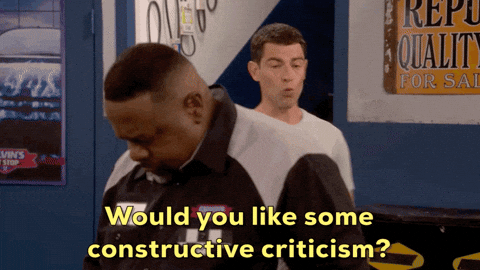Toxic people. We all know them, we’ve all dealt with them, and some of us have probably had the pleasure of sitting next to one at Thanksgiving dinner. Whether it’s the friend who only calls when they need something, the coworker who thrives on drama, or the family member who can’t resist a passive-aggressive comment about your life choices, toxic behavior has a way of seeping in where it’s least wanted.
But fear not, fellow Gen X warriors. We survived latchkey childhoods, questionable 80s fashion, and dial-up internet. We can handle this too. Here’s how to spot toxic behavior (because sometimes it’s sneaky) and, more importantly, how to shut it down without losing your mind.
Step 1: Recognize the Red Flags
Toxic behavior comes in many flavors, like an unpleasant buffet you didn’t ask to attend. Here are some telltale signs:
The Emotional Vampire
- Always drains your energy and leaves you feeling worse after every interaction.
- Their motto: “Me, me, me, and oh… more me.”

The Drama Magnet
- Can’t go a week without stirring the pot or having a new “crisis.”
- Thrives on chaos and wants you to buy a front-row ticket to their soap opera.

The Gaslighter
- Makes you question your own reality.
- Their catchphrase: “That never happened… you’re just too sensitive.”

The Constant Critic
- Doles out unsolicited advice and backhanded compliments like it’s their full-time job.
- Favorite line: “I’m just being honest.”

The Guilt Tripper
- Masters of making you feel bad for saying no or setting boundaries.
- Loves phrases like: “After everything I’ve done for you…”

Step 2: Set Boundaries Like a Pro
Here’s the deal: toxic people hate boundaries. They’ll push, guilt, and manipulate to bulldoze over them. But we’re not here to make their lives easier, are we? Here’s how to hold your ground:
Get Comfortable Saying No
- Practice in the mirror if you have to, but learn to say “no” without over-explaining.
- Example: “No, I can’t help you move this weekend.” Full stop.
Use the Broken Record Technique
- Repeat your boundary calmly and consistently. Eventually, even the most persistent person will realize they’re not breaking through.
- Example: “I’m not discussing this. I’m not discussing this. I’m not…” (You get it.)
Don’t JADE (Justify, Argue, Defend, or Explain)
- Toxic people love to argue with your reasons. Don’t give them the ammo.
- Example: “This doesn’t work for me” is all you need to say.
Limit Access
- Distance is your best friend. Respond less, engage less, and make yourself less available.
Step 3: Master the Art of the Shut-Down
Sometimes, you’ve got to call it like you see it. Here are some friendly (but firm) ways to shut down toxic behavior:
For the Emotional Vampire:
“I care about you, but I can’t be your 24/7 support system. Have you thought about talking to someone professional about this?”
For the Drama Magnet:
“Wow, that sounds intense. I hope you figure it out.” (Then change the subject. Or leave. Your call.)
For the Gaslighter:
“We clearly remember this differently, and that’s fine. I’m not going to argue about it.”
For the Constant Critic:
“Thanks for your input, but I’m happy with my decision.” (Bonus points for saying it with a smile.)
For the Guilt Tripper:
“I’m sorry you feel that way, but I’m still not able to help.”
Step 4: Protect Your Peace
At the end of the day, you’ve got to prioritize you. Protecting your peace means:
- Surrounding Yourself with Positivity: Spend time with people who uplift you, not drain you.
- Practicing Self-Care: Whether it’s binge-watching your favorite Gen X sitcom or going for a long walk, do what recharges you.
- Recognizing When to Walk Away: Sometimes, the best way to shut down toxicity is to cut it out entirely. And no, you’re not a bad person for doing it.
Final Thoughts: You’ve Got This
Toxic behavior is like glitter—it gets everywhere and is hard to get rid of. But with the right tools and a little bit of Gen X grit, you can spot it, shut it down, and keep your life drama-free. (Well, mostly. We can’t help with your boss or the DMV.)
Got a toxic tale of your own? Share it in the comments—bonus points if it’s funny. Because if there’s one thing Gen X knows how to do, it’s laugh through the chaos.

Leave a Reply